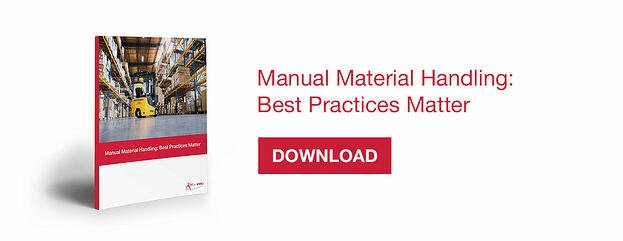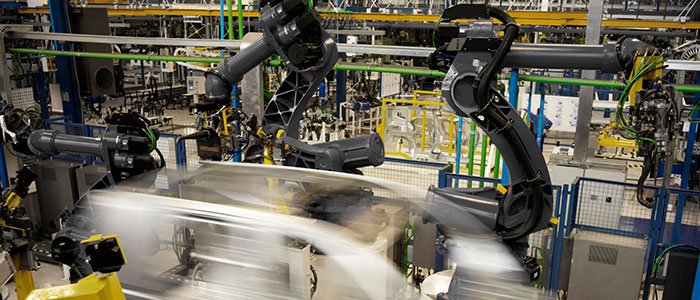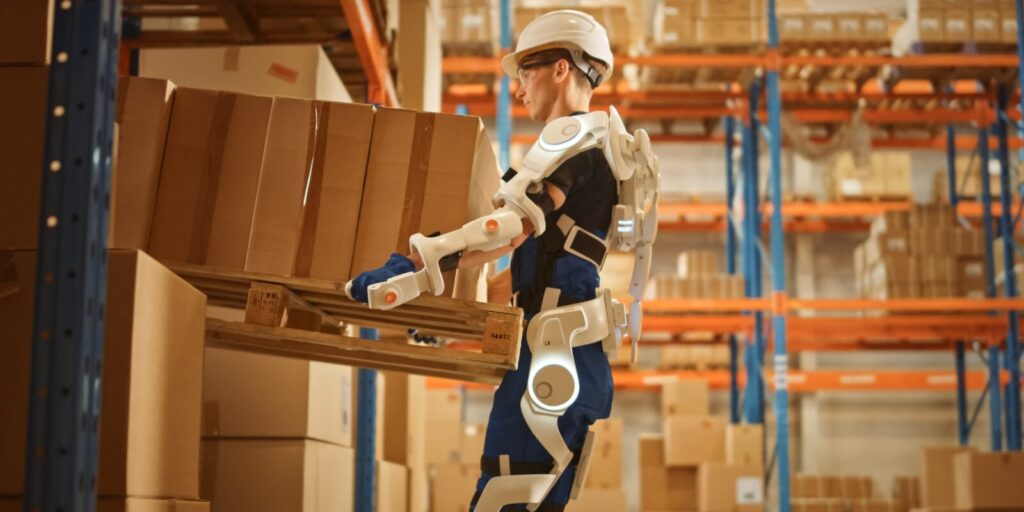When many people hear the word “automation” their first thoughts usually lead them to envision a mother or father who is out of a job and no longer able to put food on the table for their children. What is short-sighted in the abovementioned example is that automation, when implemented properly, can actually improve employee outcomes. To automate or not to automate? That is the question… Automation in the form of fully-automated (no human operator present) or semi-automated (human operator’s work is augmented with automated processes/robotics) is the best available option when one or more of the following statements are true: Commandment 1: Automation will make this process more efficient, as well as cost-efficient, as compared to human-centered design/operation. In areas where there are worker shortages and/or production needs exceed human capabilities to meet demand, automation is recommended to reduce the potential for overuse, cumulative trauma, and fatigue injuries for humans, as well as to meet production needs. Companies like Hirebotics lease robots to assist with automating or augmenting work processes for as little as $15 per hour, which includes no upfront costs for programming and implementation, as well as all maintenance and repairs provided by Hirebotics. Commandment 2: Automation will provide fewer errors, as compared to human-centered design/operation. Processes requiring operations/tasks to be performed exactly the same and with minimal error tolerances, automation is preferred due to reducing the cognitive and physical strain such processes would place on human operators. Commandment 3: Automation will reduce the likelihood of injury to the worker/operator. In addition to the descriptions discussed in the first two examples above, processes being performed in environments that are too extreme for workers should be automated. For example, extreme heat/cold and altitudes place undue stress on humans and contribute to increased potential, number, and severity of injuries. In conclusion, it is important to note that automation is not a new term, nor is automating processes. Just as the invention and implementation of tractors in the early 19th century did not put farmers out of work (it actually made farmers more productive and profitable, as well as allowed the consumers to enjoy lower prices for produce), automation can actually assist/augment workers and consumers when implemented properly. 
To Automate or Not to Automate?





